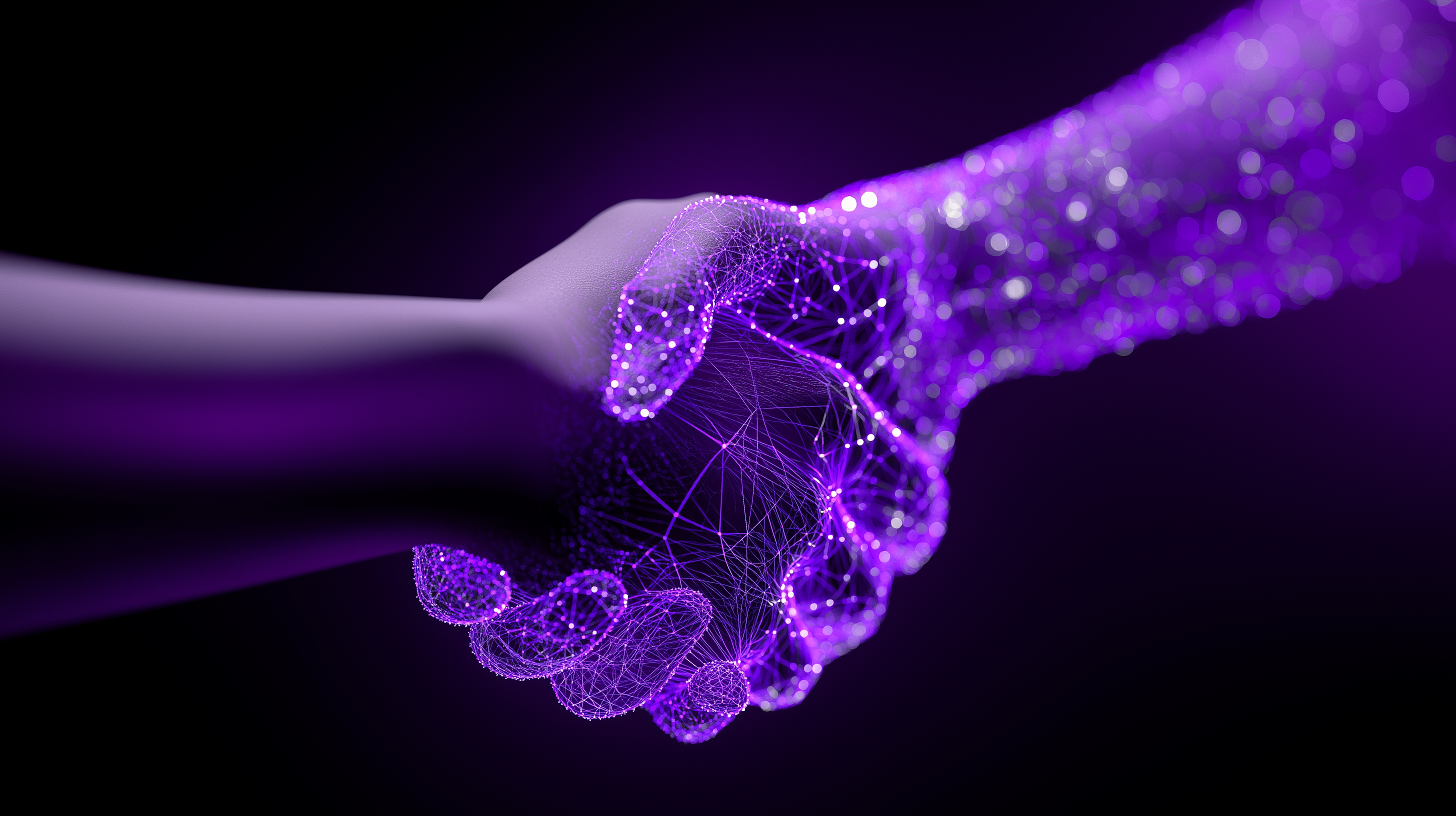We’ve Got You Covered

Lead Generation
Social media Ads, Google ads or totally free lead gen strategies; we have the tried & proven know-how to get you qualified leads that convert.

Social Media Management
Managing your socials doesn't have to be overwhelming. Save time on scheduling content and responding to comments and messages.

Content Creation
Whether you need blog posts, website copy, or social media updates, we can help you stand out from the pack and attract more customers.

Sales Funnels
We specialise in creating a custom funnels that fits your unique needs and helps you convert more leads into customers.

Reputation Management
With our Review Request System™, we can help you build a positive online presence and ensure that your customers see you as the best option.

SMS Marketing
Incredibly effective way to reach new customers, increase loyalty among current customers, and drive more sales at low cost. When done right.

Website Development
We'll work with you to create a website that reflects your unique brand and that will help you stand out from the competition.

Email Marketing
We'll help you create eye-catching emails that will grab your readers' attention, and turn it into action in form of more replies and sales.

NEW DATES: NLP PRACTITIONER COURSE - 19-22 JANUARY 2026 & 4-6 FEBRUARY 2026 - CLICK HERE

Don’t Treat AI as Digital Transformation | Accelerate Performance
Most companies are making the same expensive AI mistake.
They're treating AI transformation like digital transformation with better technology. The results are predictably disappointing.
Here's what I've observed from building IoT infrastructure that connects nearly 250,000 smart devices across the UK: AI transformation requires fundamentally different thinking than digital transformation.
The numbers tell the story. While 78% of organisations now use AI in at least one business function, few are experiencing meaningful bottom-line impacts. Meanwhile, only 35% of digital transformation initiatives achieve their objectives.
Applying failed digital strategies to AI compounds the problem.
The Fatal Flaw
Digital transformation focused on process optimisation. Take existing workflows, digitise them, and make them faster.
AI transformation demands something completely different: orchestrating human-machine collaboration.
The distinction matters more than most leaders realise. Process optimisation assumes you know the best way to do something and just need better execution. Human-machine collaboration assumes the best solutions emerge when humans and AI work together in ways we're still discovering.
Research confirms this. Studies show the most significant performance improvements come when humans and smart machines work together, enhancing each other's strengths rather than replacing human capabilities.
The Infrastructure Reality
Building AI transformation requires what I call "intelligence-agnostic architecture."
Think of it like the network infrastructure built for IoT. A LoRaWAN network doesn't care whether it's connecting water meters, air quality sensors, or parking systems. It provides the foundation for any smart device to communicate and generate insights.
AI transformation needs similar thinking. Instead of optimising specific processes, you're building an intelligence layer that empowers teams to redesign work itself.
The Collaboration Framework
Successful AI transformation follows three principles:
Modular intelligence design. Create AI capabilities that can be combined and recombined as needs evolve. Like sensors in a smart city network, each AI tool should work independently while contributing to larger intelligence systems.
Human-AI partnership protocols. Define how humans and machines hand off tasks, share decision-making, and learn from each other. This isn't about automation; it's about collaboration.
Adaptive feedback loops. Build systems that learn not just from data, but from how humans and AI work together. The intelligence gets smarter through partnership, not just processing.
The Next Move
The AI revolution isn't digital transformation 2.0. It's something entirely new that demands new approaches.
Organisations that recognise this difference early will build sustainable competitive advantages. Those that don't will struggle with expensive AI initiatives that deliver limited value.

Don’t Treat AI as Digital Transformation | Accelerate Performance
Most companies are making the same expensive AI mistake.
They're treating AI transformation like digital transformation with better technology. The results are predictably disappointing.
Here's what I've observed from building IoT infrastructure that connects nearly 250,000 smart devices across the UK: AI transformation requires fundamentally different thinking than digital transformation.
The numbers tell the story. While 78% of organisations now use AI in at least one business function, few are experiencing meaningful bottom-line impacts. Meanwhile, only 35% of digital transformation initiatives achieve their objectives.
Applying failed digital strategies to AI compounds the problem.
The Fatal Flaw
Digital transformation focused on process optimisation. Take existing workflows, digitise them, and make them faster.
AI transformation demands something completely different: orchestrating human-machine collaboration.
The distinction matters more than most leaders realise. Process optimisation assumes you know the best way to do something and just need better execution. Human-machine collaboration assumes the best solutions emerge when humans and AI work together in ways we're still discovering.
Research confirms this. Studies show the most significant performance improvements come when humans and smart machines work together, enhancing each other's strengths rather than replacing human capabilities.
The Infrastructure Reality
Building AI transformation requires what I call "intelligence-agnostic architecture."
Think of it like the network infrastructure built for IoT. A LoRaWAN network doesn't care whether it's connecting water meters, air quality sensors, or parking systems. It provides the foundation for any smart device to communicate and generate insights.
AI transformation needs similar thinking. Instead of optimising specific processes, you're building an intelligence layer that empowers teams to redesign work itself.
The Collaboration Framework
Successful AI transformation follows three principles:
Modular intelligence design. Create AI capabilities that can be combined and recombined as needs evolve. Like sensors in a smart city network, each AI tool should work independently while contributing to larger intelligence systems.
Human-AI partnership protocols. Define how humans and machines hand off tasks, share decision-making, and learn from each other. This isn't about automation; it's about collaboration.
Adaptive feedback loops. Build systems that learn not just from data, but from how humans and AI work together. The intelligence gets smarter through partnership, not just processing.
The Next Move
The AI revolution isn't digital transformation 2.0. It's something entirely new that demands new approaches.
Organisations that recognise this difference early will build sustainable competitive advantages. Those that don't will struggle with expensive AI initiatives that deliver limited value.
Let our happy customers tell their story
We think our courses and coaching are great, but our customers should have the last word. Here is a selection of endorsements.

Accelerating Your Performance Every Day
Accelerate Performance is on a mission to enable people and business to achieve great things through Advisory, Coaching, Consulting, Executive Leadership Development, and Training. .
© Copyright 2013 - 2025 - Accelerate Performance
Made with ♥ In London, GB
